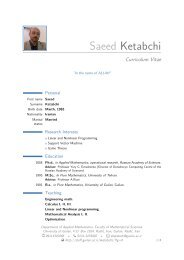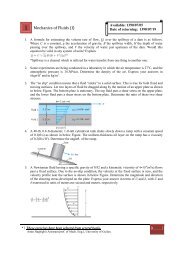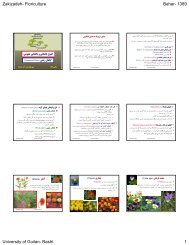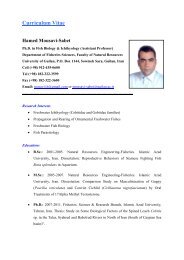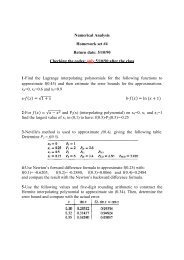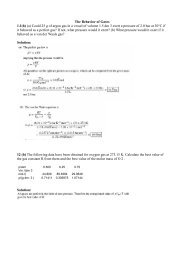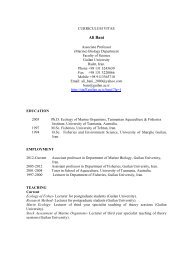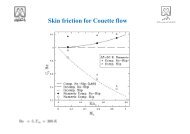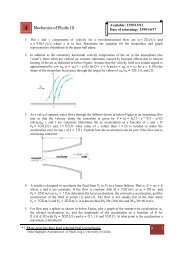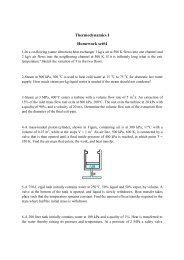Medical Tourism in Developing Countries
Medical Tourism in Developing Countries
Medical Tourism in Developing Countries
- No tags were found...
Create successful ePaper yourself
Turn your PDF publications into a flip-book with our unique Google optimized e-Paper software.
Offshore Doctors ● 53Thus, the prices of medical services are simultaneously a push and a pull.Accord<strong>in</strong>g to UNCTAD, “The global trend of <strong>in</strong>creas<strong>in</strong>g medical costs anddecreas<strong>in</strong>g public health care budgets, with the consequent reduction ofhealth care coverage, may encourage a larger number of patients to look forhealth treatment <strong>in</strong> countries where the ratio price/quality is more advantageousthan at home. [italics m<strong>in</strong>e]” 53 Thus, medical tourism occurs.Determ<strong>in</strong>ants of Demand for <strong>Medical</strong> <strong>Tourism</strong>Earlier, a dist<strong>in</strong>ction was made between high <strong>in</strong>come medical tourists andneighbor<strong>in</strong>g border tourists. This section deals only with the former s<strong>in</strong>cethe focus of this book is medical tourism as a growth-promot<strong>in</strong>g strategyand border tourism lacks f<strong>in</strong>ancial punch to generate significant economicgrowth.Two related questions are relevant <strong>in</strong> the discussion of luxury medicaltourism. First, what determ<strong>in</strong>es demand for medical tourism <strong>in</strong> general andsecond, what determ<strong>in</strong>es the demand for medical tourism <strong>in</strong> any one particularcountry? The response to the first question requires a discussion ofthe usual determ<strong>in</strong>ants of demand, <strong>in</strong>clud<strong>in</strong>g personal <strong>in</strong>come, taste, opennessto the outside world, and expectations about future prices, and availabilityof health care. In response to the question about country-specificdemand, factors such as cultural aff<strong>in</strong>ity, distance from home, medical specialization,and reputation are relevant.Demand for <strong>Medical</strong> <strong>Tourism</strong> <strong>in</strong> GeneralIncomeBe<strong>in</strong>g a normal good, travel for health care is positively related to <strong>in</strong>come.The greater the personal disposable <strong>in</strong>come of the medical tourist, themore is available for consumption of nonessentials, <strong>in</strong>clud<strong>in</strong>g travel forlifestyle medic<strong>in</strong>e, elective procedures, and diagnostics. While credit marketsenable <strong>in</strong>dividuals to travel now and pay later, and airl<strong>in</strong>e mileageprograms make distant, expensive locations more accessible, discretionary<strong>in</strong>come is still necessary for medical tourism.As people have more <strong>in</strong>come, they tend to buy more wellness and preventivemedic<strong>in</strong>e. High-<strong>in</strong>come <strong>in</strong>dividuals tend to be healthier because theyare more educated about disease and preventive health, they know moreabout healthy lifestyles, and as they age, they pursue even healthier lifestyles.Smok<strong>in</strong>g rates have gone down among adults, especially high-<strong>in</strong>come adults.They avoid exposure to second hand smoke, and bars and restaurants arerespond<strong>in</strong>g to their taste. People stay out of the sun and they exercise.






